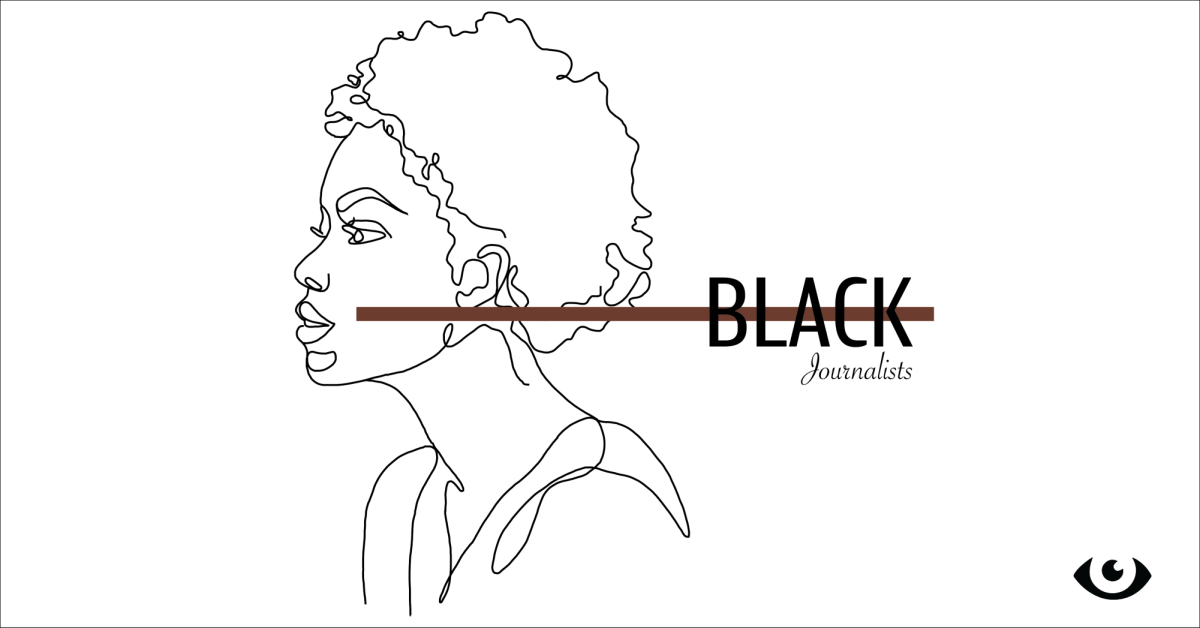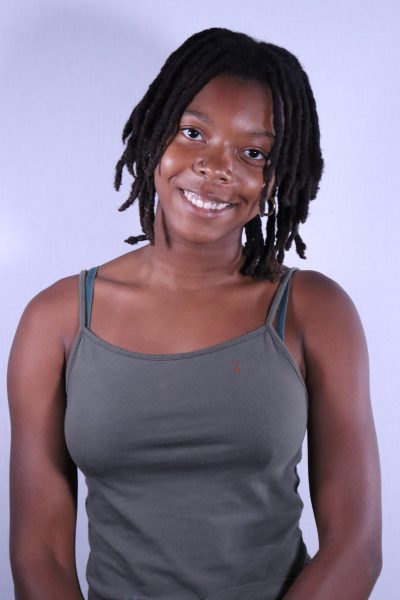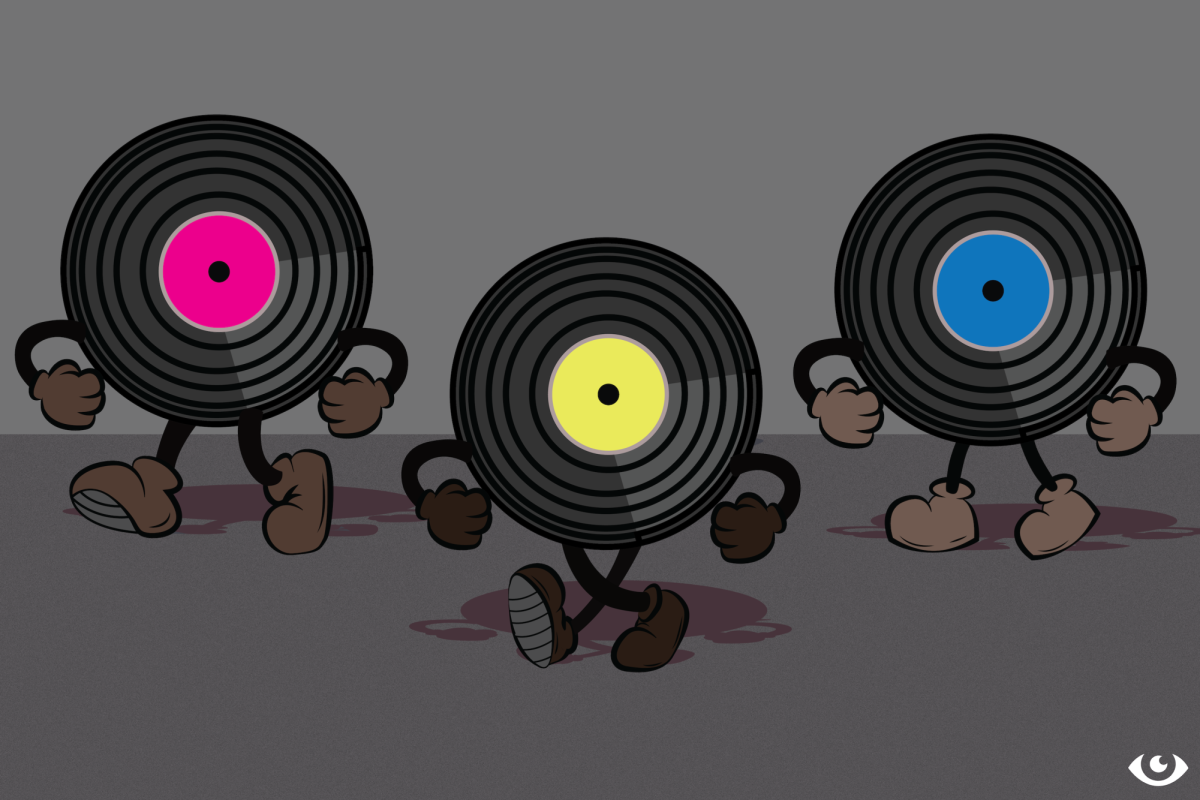Journalism is used to inform the public on topics that can be complex and reveal the truth when the truth is unclear. Whether on the front lines, like the war in Ukraine, or in a New York City high rise, journalists constantly try to tell all sides of the stories they cover. However, journalists have individual biases because of their lifetime experiences and how they live, which means that each journalist will experience issues differently. For example, 55% of journalists believe that not all sides of stories should be displayed. This statistic outlines the differing opinions between members of the media.
Over the last few decades, journalists of color have increasingly begun to break through the barrier of systemic racism, spread equality in publications and share the truth regarding every issue in the media. These journalists accomplish this task by trying to write and champion diverse stories, such as telling the stories of people of color (POC). Nevertheless, journalism is still predominantly white.
During the civil rights movement in the 1960s, journalism was essential to inform the public about the events and struggles within the movement. Simeon Booker Jr. was a renowned Black journalist who is most widely known for his piece on the murder of 14 year-old Emmet Till. Booker’s piece helped to further illuminate the injustices in society during that time period. Writing stories as a Black man or woman during the height of the Civil Rights movement could be dangerous, especially if the subject of the piece would hold racist individuals and norms accountable or call for social change. Booker, regardless of the essence of the article he was writing and his position as a Black person during the 1960s, understood that objectiveness was key and that risks needed to be taken to provide the truth.
Now, in 2024, Black Lives Matter (BLM), and other social movements are stronger than ever. Police brutality has become more exposed and criticized in recent years, such as the Killing of Breonna Taylor and George Floyd. These personal experiences can be hard for journalists to report on objectively.
“These are people who look like you, who could be you, or could be your family members experiencing these things, and you have to try to not to become emotional or upset by this on a personal level,” Breya Jones, a journalist for Louisville Public Media said. Jones conveyed that as a Black journalist, during the height of the Black Lives Matter Movement, objectivity is a difficult skill to master. Being one of the only journalists of color in her newsroom, Jones often would experience loneliness. She found that many of her colleagues would treat BLM stories like any other story, without acknowledging their social prevalence. Jones read her colleagues’ stories and found Black victims of police brutality were written about as if they were characters in a story. Journalists of color can often find themselves dealing with feelings of isolation in a predominately white industry.
“…You need to have people of color all throughout every level of a media company, there needs to be diversity,” Jones said. Currently, Jones has found that her newsroom has become more diverse and her colleagues have adapted to understand how to write stories in the current political climate about the experiences of POC, despite the biases that every journalist faces regardless of race. However, Jones believes that newsrooms haven’t been fully integrated. She believes that POC should have positions on every level of these organizations, from the mailroom to the skyscrapers in New York City.









